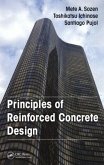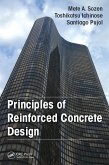Ähnliche Artikel
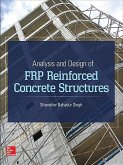
Gebundenes Buch
ed
28. Januar 2015
McGraw-Hill Education - Europe
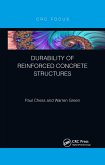
24,99 €
Versandfertig in 6-10 Tagen
Broschiertes Buch
30. September 2021
CRC Press / Taylor & Francis
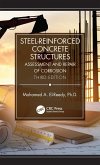
Gebundenes Buch
Assessment and Repair of Corrosion, Third Edition
3. Aufl.
18. September 2023
CRC Press / Taylor & Francis

Gebundenes Buch
23. Oktober 2018
Taylor & Francis Ltd
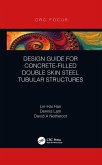
24,99 €
Versandfertig in 6-10 Tagen
Broschiertes Buch
30. Juni 2021
CRC Press / Taylor & Francis
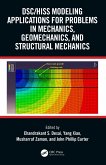
Gebundenes Buch
30. November 2023
CRC Press / Taylor & Francis
Broschiertes Buch
Methods and Case Studies
26. August 2024
CRC Press / Taylor & Francis
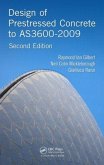
Broschiertes Buch
2 New edition
17. September 2015
Taylor & Francis Inc
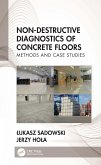
Gebundenes Buch
Methods and Case Studies
8. August 2022
CRC Press / Taylor & Francis
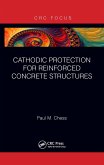
24,99 €
Versandfertig in 6-10 Tagen
Broschiertes Buch
30. Juni 2021
CRC Press / Taylor & Francis
Ähnlichkeitssuche: Fact®Finder von OMIKRON

